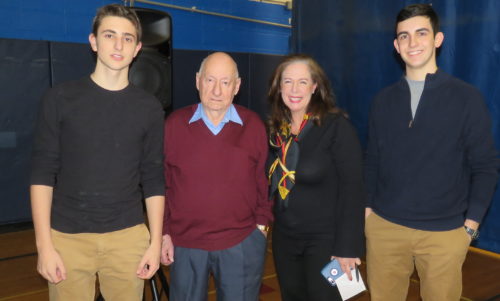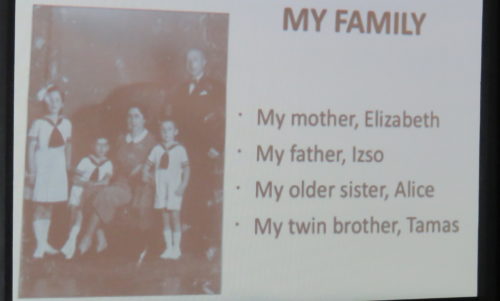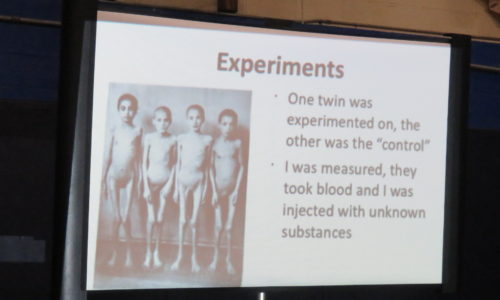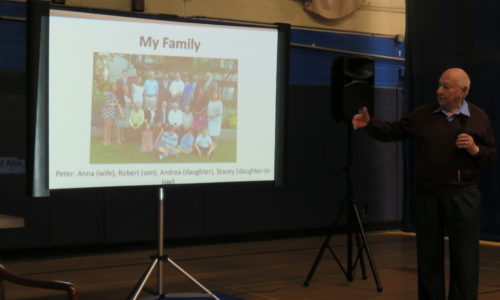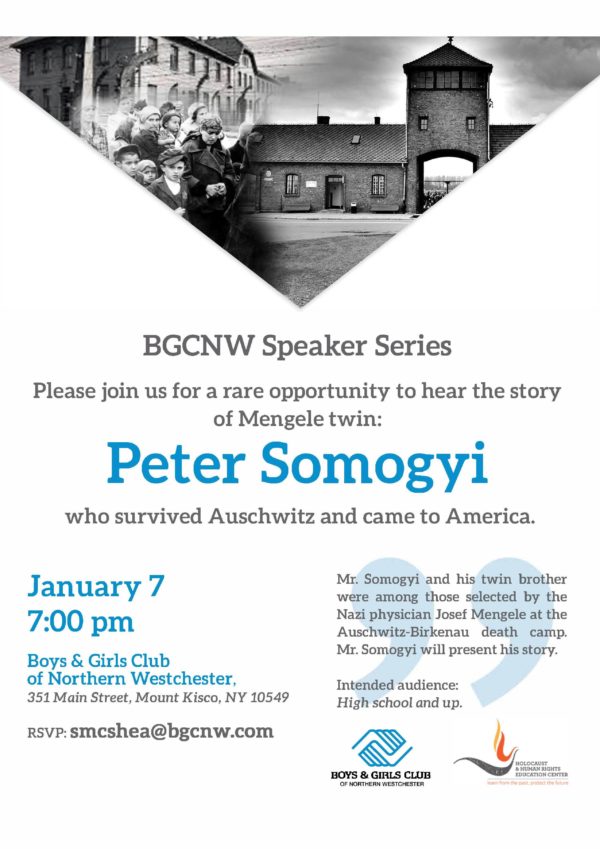The Holocaust & Human Rights Education Center (HHREC) of White Plains, has announced a guided tour of Holocaust Museums in Germany and Poland from June 18-29, 2022. The HHREC Community Guided Tour and Trip is being offered to those interested in visiting these museums and to hear from experts in the field.
 “This trip was created to expand the comprehension of this monumental event in human history.” said Steven Goldberg, Co-Director of Education at HHREC in White Plains, New York. “We are very excited to offer this guided tour, to help participants gain first-hand knowledge to help understand the meaning of the Holocaust and pass on lessons learned for the future.”
“This trip was created to expand the comprehension of this monumental event in human history.” said Steven Goldberg, Co-Director of Education at HHREC in White Plains, New York. “We are very excited to offer this guided tour, to help participants gain first-hand knowledge to help understand the meaning of the Holocaust and pass on lessons learned for the future.”
The Summer 2022 guided tour of Holocaust Museums in Germany and Poland is now open for applications, and trip highlights for 2022 HHREC Community Tour include:
- Sightseeing Coach Tour of Berlin, including the Berlin Wall Memorial, Brandenburg Gate, Bebelplatz
- Holocaust Memorials in Berlin
- Tours at the Berlin Jewish Museum, House of the Wannsee Conference, and Polin (Museum of the History of Polish Jews) in Warsaw
- Tours at Sachsenhausen and Auschwitz-Birkenau camps
- Tour of Warsaw Ghetto and other Holocaust sites
- Tour of Kasimierz (historic Jewish section of Krakow)
- Panel discussion on Jewish life and antisemitism in Germany today and visit to the Neue Synagogue in Berlin
- Interactive workshop on the effects of the Nuremberg Laws of the 1930’s
Services provided as part of this trip and tour include Intercontinental roundtrip flights from New York (Newark) to Berlin, Germany and National and Intra-European transportation by public transportation, local, coach, taxi, local and long-distance trains. Accommodations include breakfasts in 4-star hotels (10 nights) in Berlin, Warsaw, and Krakow, along with group lunches and dinners, and tickets for the Chamäleon Theater in Berlin, and lectures, discussions, and local guided tours in English or with English translation.
To register or for more information, visit hhrecny.org/educators-study-tours/summer-community-tour/ or contact Stephen Goldberg sgoldberg@hhrecny.org or call 914.696.0738.
About The Holocaust & Human Rights Education Center
The Holocaust & Human Rights Education Center is a not-for-profit organization based in White Plains New York that serves Westchester, Fairfield and neighboring counties. Their Mission is to enhance the teaching and learning of the lessons of the Holocaust and the right of all people to be treated with dignity and respect. We encourage students to speak up and act against all forms of bigotry and prejudice. Their work with students and teachers helps schools fulfill the New York State mandate that the Holocaust and other human rights abuses be included in their curriculum. Since 1994, they have brought the lessons of the Holocaust, genocide and human rights crimes to more than 1,500 teachers, and through them to thousands of middle and high school students. Through their volunteer Educators Program Committee, the Holocaust & Human Rights Education Center gives teachers the unique opportunity to develop programs for themselves and others. These programs not only enrich teachers’ knowledge about the Holocaust and related issues, but they also provide the lens through which to view all other human rights violations. For more information call 914.696.0738 email info@hhrecny.org
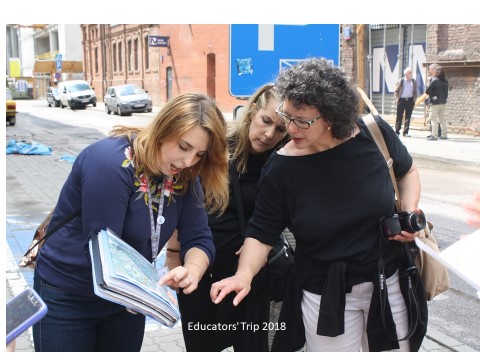 ” We are very excited to resume offering our Educators Study Tour in 2022” said Steven Goldberg, Co-Director of Education at HHREC. “And while we have enjoyed offering this unique biennial program to teachers here in Lower Hudson since 2012, is it gratifying to hear from many others around the country who are planning to join us. The is designed to expand teacher comprehension of this monumental event in human history and inspire and motivate them as they prepare to teach the lessons of the Holocaust and promote protection of Human Rights to their students. He added “It is very important to us and our mission to pass on the lessons we have learned for the future.”
” We are very excited to resume offering our Educators Study Tour in 2022” said Steven Goldberg, Co-Director of Education at HHREC. “And while we have enjoyed offering this unique biennial program to teachers here in Lower Hudson since 2012, is it gratifying to hear from many others around the country who are planning to join us. The is designed to expand teacher comprehension of this monumental event in human history and inspire and motivate them as they prepare to teach the lessons of the Holocaust and promote protection of Human Rights to their students. He added “It is very important to us and our mission to pass on the lessons we have learned for the future.” 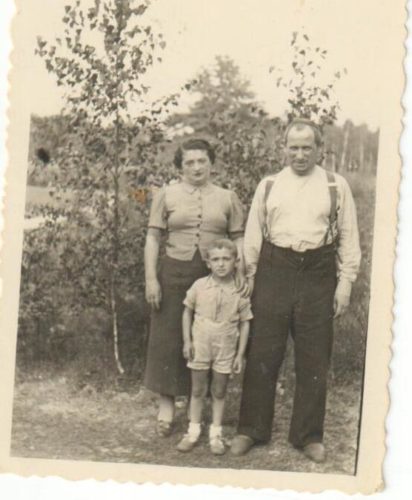
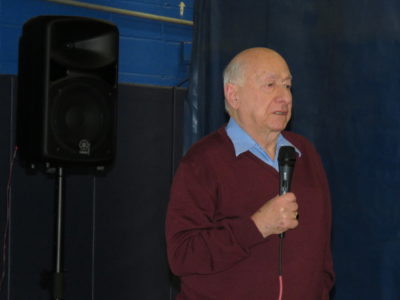 Mount Kisco–Peter Somogyi , a survivor of Auschwitz-Birkenau, was 11-years-old when he and his twin brother Tamas were ‘selected’ and imprisoned as concentration camp victims and subject to the horrific ‘human experiments’ performed by the notorious Josef Mengele (“the Angel of Death”) and others. Somogyi, now 85 years old, said he would not talk about his imprisonment or experiences for decades.
Mount Kisco–Peter Somogyi , a survivor of Auschwitz-Birkenau, was 11-years-old when he and his twin brother Tamas were ‘selected’ and imprisoned as concentration camp victims and subject to the horrific ‘human experiments’ performed by the notorious Josef Mengele (“the Angel of Death”) and others. Somogyi, now 85 years old, said he would not talk about his imprisonment or experiences for decades.